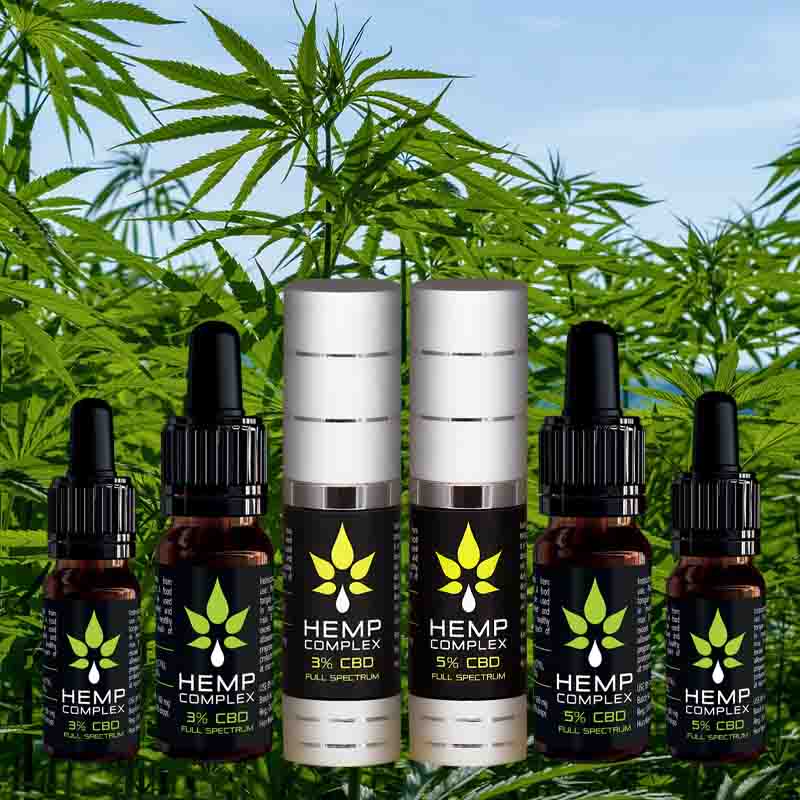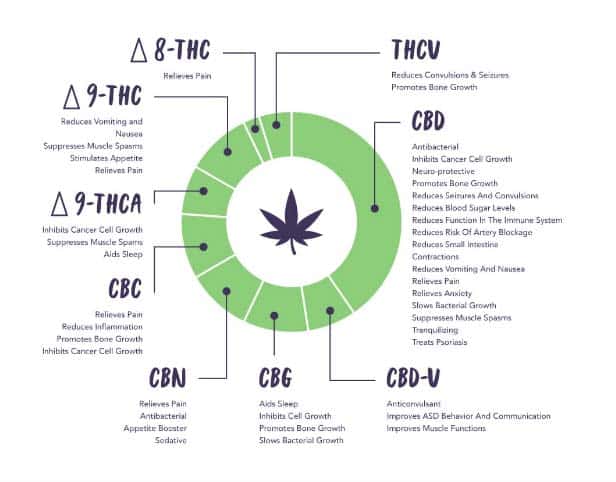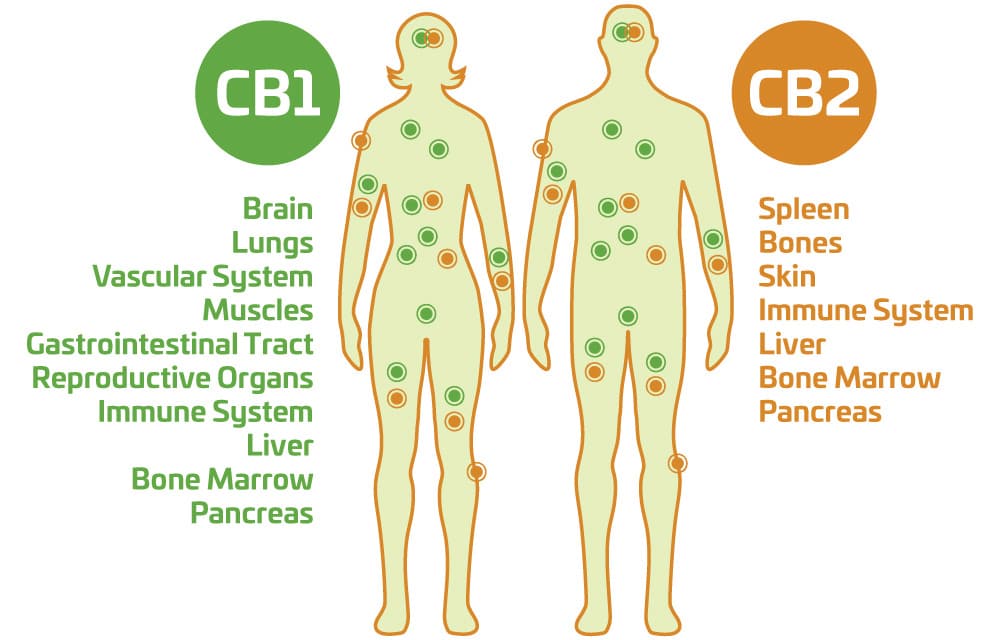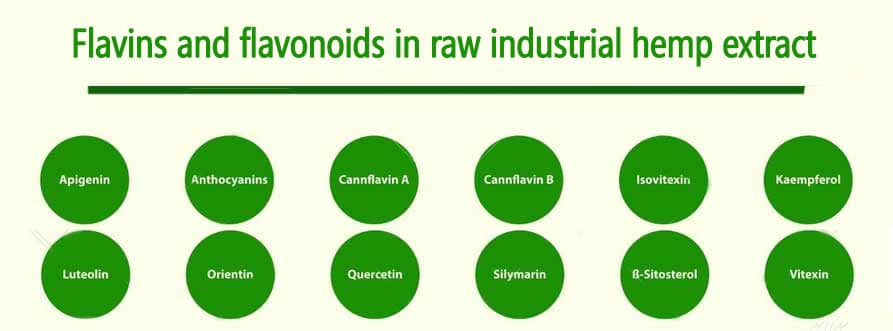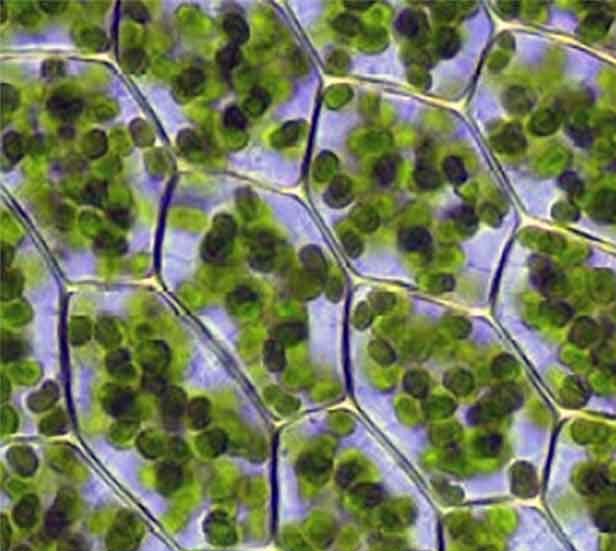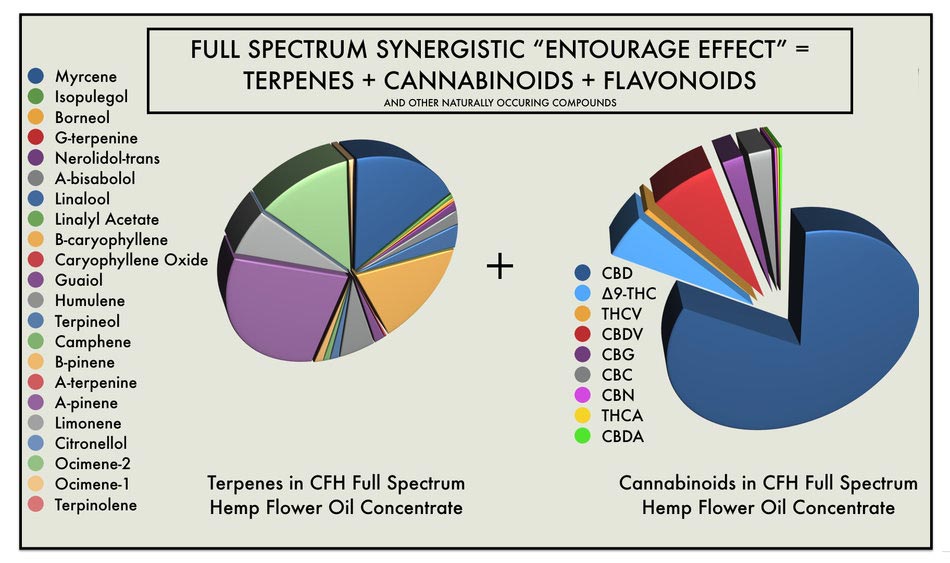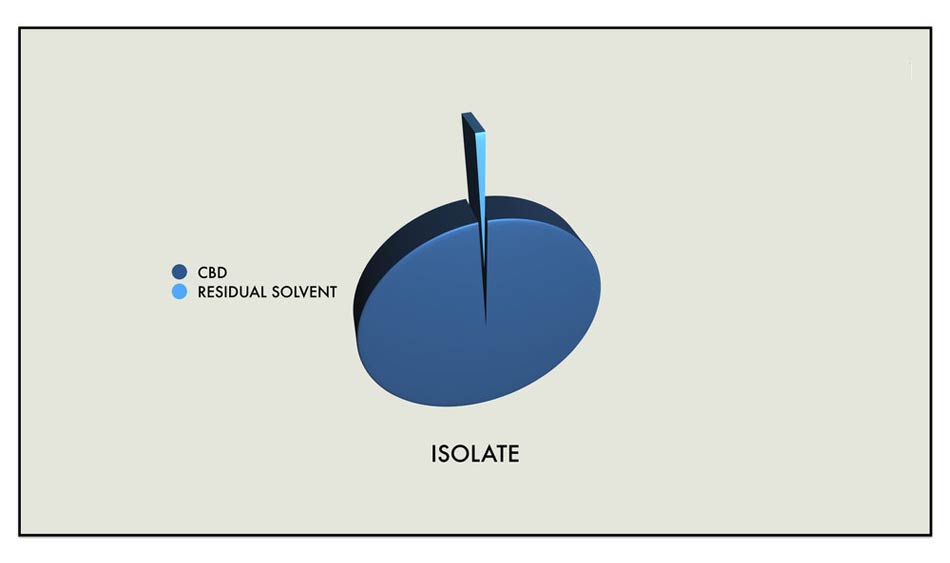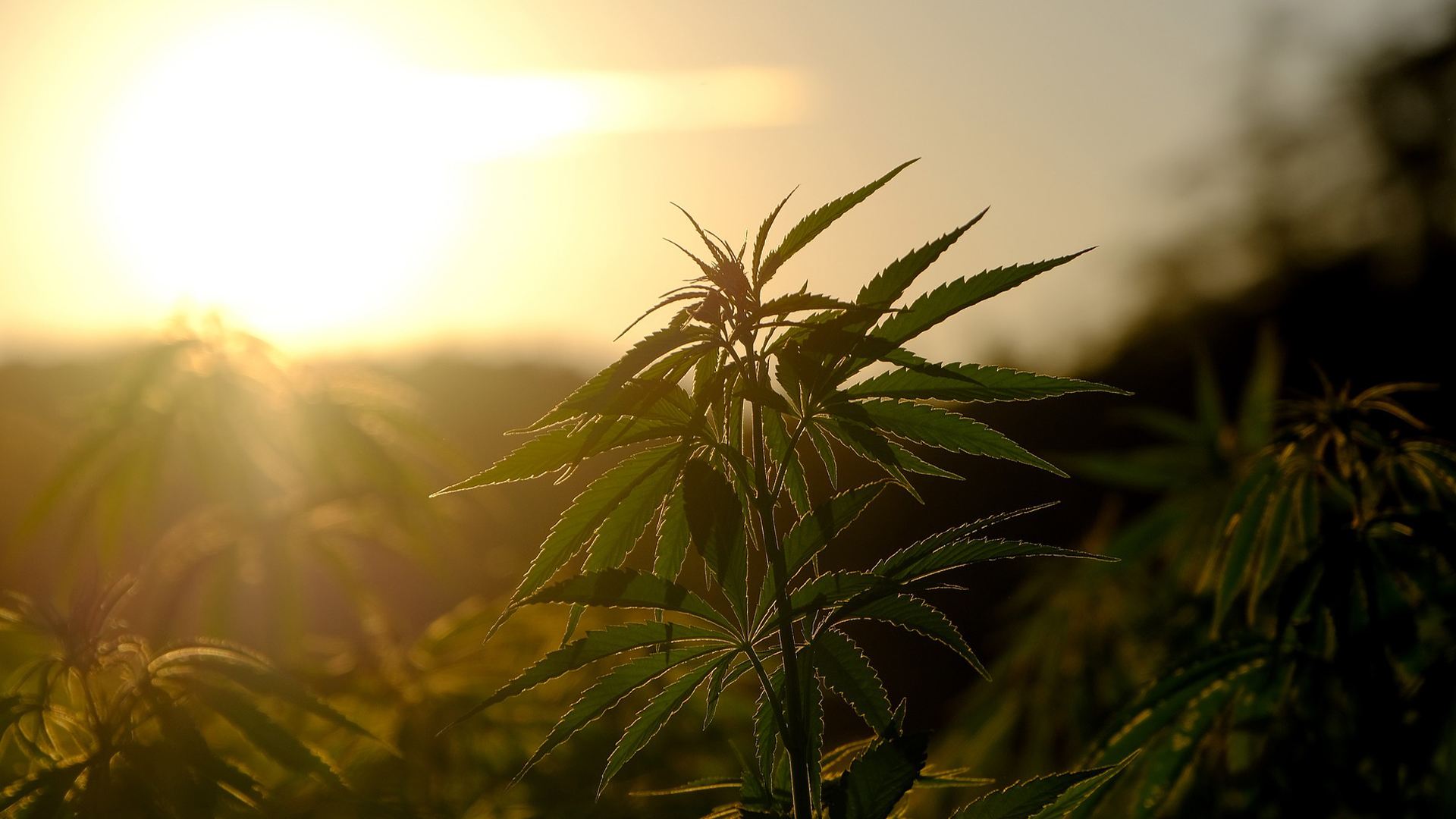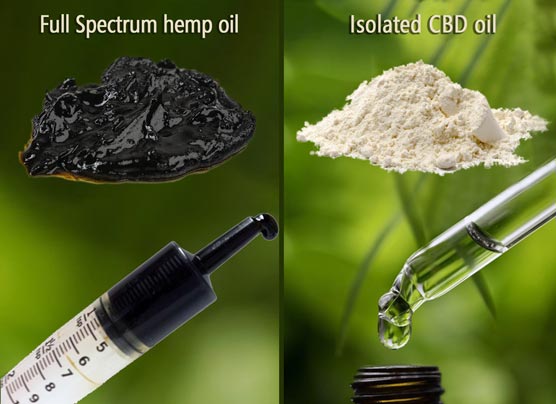We are recommending our trial product for new CBD consumers. Now 15% off!
CBD knowledge base
Welcome to the CBD guide :
The CBD directory of knowledge helps users navigate in the labyrinth of choosing the right CBD oil.
There is a variety of methods available to manufacture CBD oils. Therefore, there is a significant difference in quality and therapeutic use between the resulting products.
CANNABINOIDS AND ENDOCANNABINOIDS
Areas of use of cannabinoids
Endocannabinoid (ECS) system in the human body.
Areas of use of cannabinoids
Areas of use of cannabinoids within crude hemp extracts, according to scientific research:
Benefit of the cannabinoids
Areas of use of cannabinoids occurring in industrial hemp:
The above diagram displaying areas of use of full spectrum crude hemp extract. It shows that the cannabinoids inside the Hemp Complex products may have different physiological effects in the human body. Read more about the cannabinoids of Hemp Complex products here !
Here’s the list of different cannabinoids that originally brought you here:
CBGA (Cannabigerolic acid)
- Key features: CBGA is nicknamed the “mother of all cannabinoids”, because every other compound originates from it. It’s non-psychoactive before decarboxylation, after which CBGA produces THC, CBD, CBC, and CBG.
- Effects: Mood enhancer, pain reliever, appetite stimulant, antibacterial, neuroprotective
- Potential medical benefits: Treatment for cardiovascular disease, inflammatory bowel disease, diabetes, depression, osteoporosis, Huntington’s, Parkinson’s, and Alzheimer’s
THC (Tetrahydrocannabinol)
- Key features: THC is the famous psychoactive cannabinoid. It is one of the two most present compounds inside cannabis. THC is legal in some states but isn’t legal federally.
- Effects: Synonymous with feeling “high,” having the “munchies,” and getting “cotton mouth.” It increases appetite, makes people feel more sociable, and has anti-inflammatory properties.
- Potential medical benefits: Common treatment for anxiety, insomnia, migraines, nausea, pain, and cancer.
CBD (Cannabidiol)
- Key features: CBD is the non-psychoactive component in Cannabis. It is legal in almost every state (all but three). It contains less than 0.3% THC, when derived naturally from hemp.
- Effects: Supports mood enhancement, anti-inflammation, wakefulness, sleepiness
- Potential medical benefits: Treatment for anxiety, depression, insomnia, glaucoma, migraines
CBC (Cannabichromene)
- Key features: CBC is non-intoxicating. (If you’re picking up a pattern here it’s because THC is the only psychoactive cannabinoid). CBC works well with other cannabinoids in a synergetic relation called the entourage effect.
- Effects: Anti-inflammatory, anti-tumor properties
- Potential medical benefits: Treatment for breast cancer, acne, depression
CBN (Cannabinol)
- Key features: CBN is a non-intoxicating cannabinoid that’s synthesized from aged THC. People often associate CBN with sleep because the THC enhances its drowsy effect. However, CBN doesn’t come from “old” cannabis as some people think. It’s the CBN/THC combination that makes people sleepy.
- Effects: Mildly sedative, antibacterial, neuroprotectant, appetite stimulation
- Potential medical benefits: Treatment for insomnia, arthritis, glaucoma, and ALS.
Endocannabinoid (ECS) system in the human body.
Endocannabinoid (ECS) system in the human body.
The endogen (inside the body) cannabinoid system is perhaps the most important physiological system involved in the creation and maintenance of human health. Actually, it got its name from the plant that led to its discovery. As a matter of fact, all animals except insects have an endocannabinoid system (ECS). In the 1990s, researchers discovered that the human body also produces its own cannabinoids called endocannabinoids. These have a similar structure to the compounds occurrig in the hemp plant. Thanks to this, they were able to map the receptors associated with them. Thus, they are able to utilize cannabinoids, collectively known and referred to as CB receptors (CB1, CB2).
Endocannabinoid System in the human body
The CB1 receptor mostly occurs in the nervous system and brain.
The CB2 receptor is mostly found in peripheral organs, especially immune cells. Endocannabinoid (ECS) system in the human body. – CBD directory of knowledge
Endocannabinoids and their receptors are all over the body; in the brain, organs, connective tissues, glands and immune cells. The endocannabinoid system performs different tasks in each tissue, but the goal is always the same: homeostasis. With other words, maintaining a stable internal environment despite the external environmental fluctuations. ECS consists of cannabinoid receptors, related internally produced molecules (endogenous ligands) and enzymes that synthesize and break down these molecules. We have cannabinoid receptors everywhere in our bodies, and we have more receptors for cannabinoids than for any other substance. ECS is the most extensive receptor system in the body.
The role of cannabinoids in maintaining homeostasis
Cannabinoids promote homeostasis at all levels of biological life, from subcellular to entire organism. Endocannabinoids are unique, since they are able to travel in the opposite direction, and provide feedback to the presynaptic cell. This process is a basic mechanism, by which endocannabinoids maintain homeostasis. They may well play a role in memory, mood, sleep and appetite. These also affect pain, immune response, inflammation, and the life-death cycle of cells. Endocannabinoids affect many other physiological processes, including blood circulation, metabolism and organ functions.
Centuries old experience
Pharmacology
Centuries old experience
History of medical application and physiological advantages of hemp extracts
Hemp plant has been used for medical purposes for thousands of years worldwide.
Between 1850 and 1937, Cannabis was a primary medicine for 100 different maladies.
World history of medical use of hemp reaching back 6000 years.
In the first three Hungarian Book of Medicine (between 1872 and 1934) hemp was considered a widely used medicament. Officially accepted was the use of flowering tips (I. Gy.L), the tincture (I., II., III. Gy. K.) and the whole plant above ground (herba) for medical purposes. Also, there is an earlier mention in 18th century Austrian medical books about hemp oil. Likewise, the Pozsony Taxa mentions hemp seed as well. Later hemp balm and hemp cigarettes also became available, although not as a formal way of medication.
Pharmacology
From a pharmacological perspective, hemp plants contain more than 1400 known compounds. Research however, is still ongoing in mapping out all the ingredients within this plant. One of the active compounds is CBD (cannabidiol). As a matter of fact, modern technology offers multiple methods to its extraction. CBD is one of the natural compounds of hemp plants.
The CbdBase Hemp Complex full spectrum crude oil is a more effective choice for the body versus other full spectrum oils or other CBD oils containing isolates only.
History of Cannabis sativa plant
Ingredients of full spectrum raw hemp extract (oil):
CANNABINOIDS
TERPENES
FLAVINS AND FLAVONOIDS
CHLOROPHYLL
WAXES, VEGETABLE FATS, OILS AND MANY OTHER USEFUL GROUPS OF COMPOUNDS…
CANNABINOIDS
Cannabinoids in industrial hemp (Cannabis sativa L.)
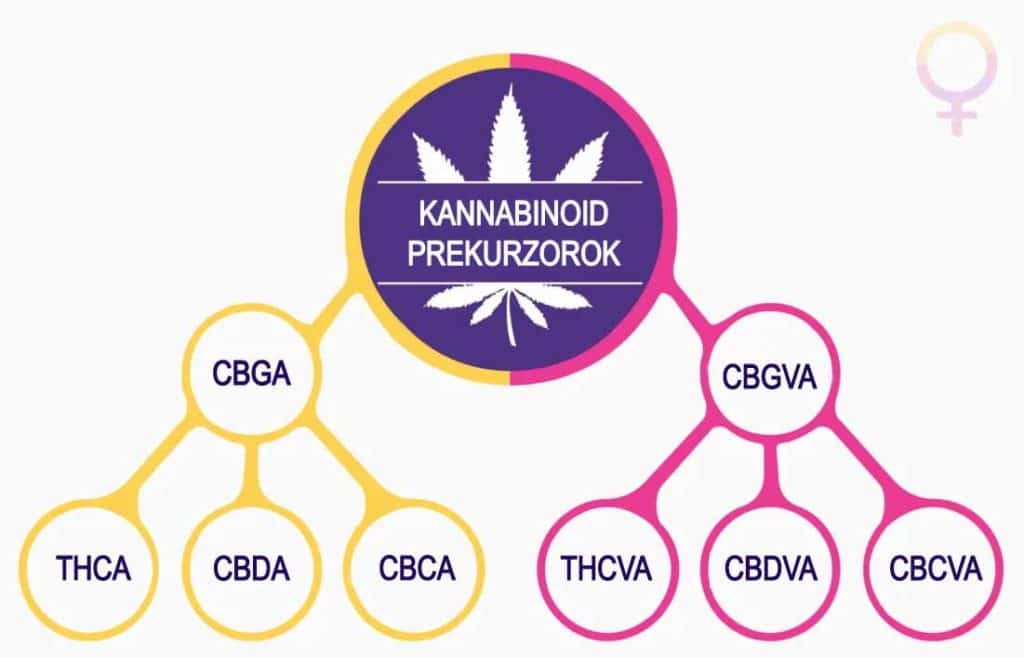
TERPENES
Terpenes in industrial hemp.
You can read more about terpenes in industrial hemp here!
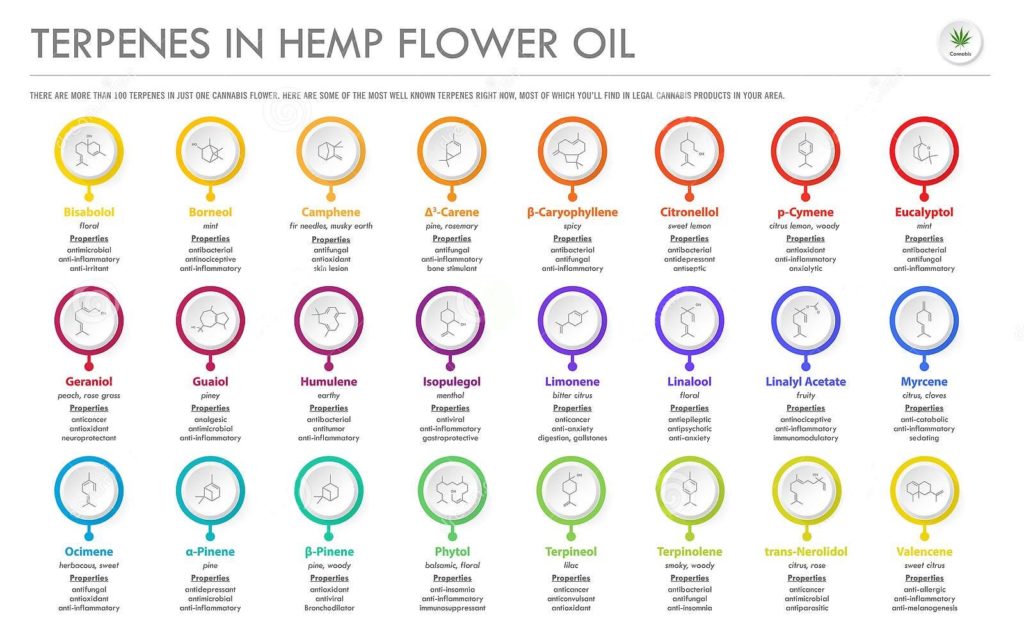
Terpenes are chemical compounds, naturally present in plants and they contribute to the plants’ unique taste, smell and color. Scientists have so far identified over 20.000 different terpenes. They are the basic elements in essential oils. These are frequently used as food additives, also in perfumery, and aromatherapy. There is also increasing talk of their medicinal properties in correlation to various health issues.
Hemp contains over 200 different terpenes
In recent years, talk of the positive effects of the hemp plant has become increasingly frequent. More and more scientific studies confirm its effect on skin problems, autoimmune diseases and the immune system. Moreover, it relates to rheumatic diseases, insomnia and other health problems. The most frequently mentioned active ingredients in Cannabis are THC and CBD. The latter is an active ingredient in industrial hemp, therefore legal for production and sales in the European Union.
In addition to these substances, naturally occurring terpenes represent an important part of the Cannabis plant. So far, over 200 different terpenes have been discovered in hemp. As of now, about 60 of them are being closely examined in scientific circles. Research into the effect terpenes have on skin conditions and various health problems is opening new possibilities in the field of treatments with hemp. Some terpenes represented in the plant in higher concentrations are described in more detail below.
FLAVINS AND FLAVONOIDS
Flavins and flavonoids in raw industrial hemp extract
When we consider the 200 or more bioactive compounds that have been discovered in Cannabis, the more widely understood phytocannabinoids and terpenes often tend to steal the spotlight. But these aren’t the only important compounds that the Cannabis plant produces. Take flavonoids, for example. They account for roughly 10% of these known compounds, with around 20 varieties we know to exist in Cannabis.
At cellular level, flavonoids are the regulators of the cell cycle.
At the cellular level, flavonoids are the regulators of the cell cycle. They belong to secondary plant metabolites, biosynthesis of which takes place through polyketide and chicymic acid. Flavonoids have a significant pharmacological effect on “in vitro” models, such as: antioxidant, anti-inflammatory, anti-allergy, antibiotic, anti-diarrhea and anti-tumor effects. Flavonoids and antioxidants protect the body’s cells from pollution. They can specifically reduce LDL or “bad” cholesterol, thereby reducing the risk of heart disease.
In 1930, a new substance was isolated from orange. Originally, it was believed to be a member of a new class of vitamins. Thus, it received the name “vitamin P”. Further research revealed that the substance was flavonoid. Up to this day, more than 4,000 types of flavonoids have been identified.
It was our Nobel Prize-winning scientist Albert Szent-Györgyi to discover this group of compounds in 1930. He isolated a new substance from orange, which he believed to be part of a new class of vitamins, and named it vitamin P. Further research revealed that the substance was flavonoid. Up to date, there are more than 4,000 types of flavonoids that we know of.
Flavonoids got their name from the fact that most of the substances in the compound group are yellow (flavus means yellow in Latin). They absorb UV light, so the flavonoid content of inflorescence can attract the insects. Flavonoids belong in 13 different groups of compounds. Astonishingly, these contain 4,000 flavonoids of different structures.
Different types of flavonoids occurring in the hemp plant
There are different types of flavonoids in the hemp plant, such as; cannflavine A, cannflavine B, cannflavine C, vitexin, isotvitexin, apigenin, kaempferol, quercetin, luteolin and orientin.
Different types of flavonoids are inside the hemp plant
Different types of flavonoids can occur in the hemp plant. Their distribution in the plant varies depends on the type of flavonoid. Most of these compounds are water-soluble. This indeed, may explain some of the therapeutic effects of herbal infusions and cannabis concoction in water. Cannabinoids, that are partially soluble in water are the following: cannflavine A, cannflavine B, cannflavine C, vitexin, isotvitexin, apigenin, kaempferol, quercetin, luteolin and orientin. The distribution and concentration of flavonoids in the Cannabis plant can be chemically and taxonomically useful.
Flavonoids belong in four main groups:
- flavonoids
- isoflavonoids
- neoflavonoids
- anthocyanins
The following link below is a brief description of the therapeutic properties of these flavonoids.
CHLOROPHYLL
Chlorophyll is one of our favorite biological compounds. This substance of green pigment occurs in cyano bacteria, as well as in chloroplasts of algae and plants. Chlorophyll is an extremely important biomolecule that is critical in photosynthesis, which allows plants to absorb light. It is extremely important for the human body from a health point of view.
Chlorophyll in Hemp Complex oil
Chlorophyll content is the main criterion for any raw and crude hemp extract. That is what provides its the color. During heat treatment, chlorophyll breaks down and the extract turns honey-colored golden yellowish.
Read more about chlorophyll here
WAXES, VEGETABLE FATS, OILS AND MANY OTHER USEFUL GROUPS OF COMPOUNDS…
- waxes
- vegetable fats and oils
- many other useful groups of compounds…
Here the diagram shows the constituents of the raw hemp extract, based on its cannabinoids and terpenes
We can see the components of the isolated CBD oil here.
There are significant differences in quality and therapy between CBD products. These differences show up in the composition of the products, and the quality of their ingredients.
Which is the best CBD oil? How do I choose?
What is full spectrum hemp oil?
The “Entourage Effect”
Terpenes and flavonoids also have their own effects separately. By interacting with cannabinoids, they can amplify or even multiply each other’s therapeutic effects. According to research, flavonoids occurring in hemp plant, such as: β-sitosterol, vitexin, isotaviexin, apigenin, kempferol, quercetin, luteolin and orientin produce a synergistic effect together with cannabinoids and terpenes. This synergy is the so-called “entourage effect”. The different ingredients work together effectively, so they can increase or reduce the end result according to the needs of the body. When cannabinoids and terpenes are present at the same time, they can have a more qualitative effect than non-full spectrum heat-treated CBD oils.
How to recognize a full-spectrum hemp extract?
The left image shows a full-spectrum hemp extract. The right image shows an isolated CBD oil.
Isolated CBD oil contains CBD only out of all the components of the hemp plant.
Isolated CBD oil can be made from two types of raw materials:
- natural i.e. plant-based: its color is transparent, tasteless, therefore it does not need to be flavored. Natural i.e. phyto isolates are priced higher because they can be produced in limited quantities and have wide-ranging physiological effects.
- synthetic i.e. lab-produced: its color is strongly yellow, its taste is bitter and therefore needs to be flavored. Its price is low because it can be reproduced in unlimited quantities. Because it is not a natural but a synthetic substance, receptors are able to recognize molecules with little efficiency, according to a 1999 study.
There are significant differences in quality and therapy between CBD products. These differences show up in the composition of products and the quality of their components.
Areas of application of full spectrum CBD oil
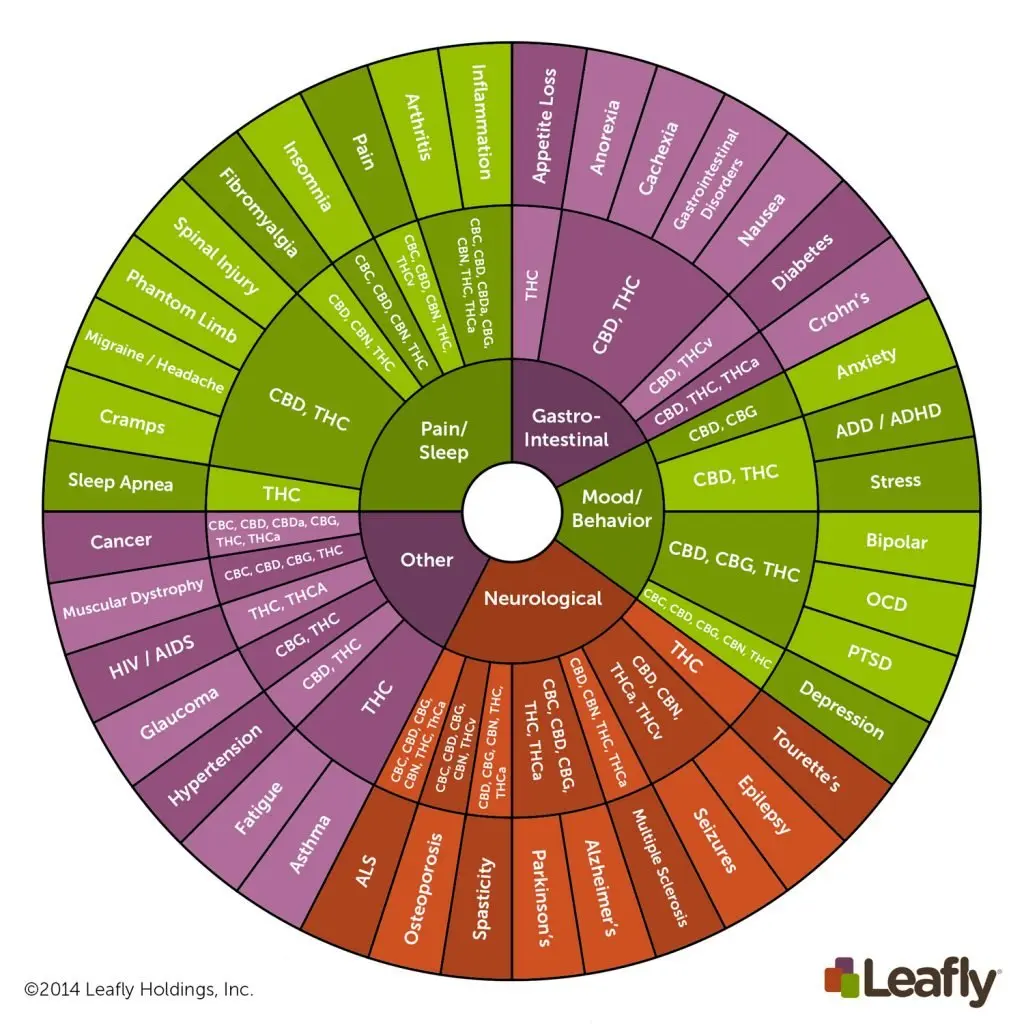
Check out the results of international medical research on the effects of cannabinoids on the body at the following links:
https://www.projectcbd.org https://www.ncbi.nlm.nih.gov/pubmed/?term=cbd
How do they manufacture raw full-spectrum hemp oil?
We manufacure the CbdBase Hemp Complex products exclusively with the latest SFE-CO2 extract technology. This is the most gentle form of extracting plant active ingredients there is. This ensures, that during the extraction cannabinoids and other phytochemicals from the plant will stay contamination-free.
The CbdBase Hemp Complex contains all the valuable active ingredients of the plant in raw form without conversion (decarboxilation). The result is the high content of cannabinoid acid and terpenes, as well as the presence of flavonoids and chlorophyll in the product line.
– CBD FAQ Directory of Knowledge –

